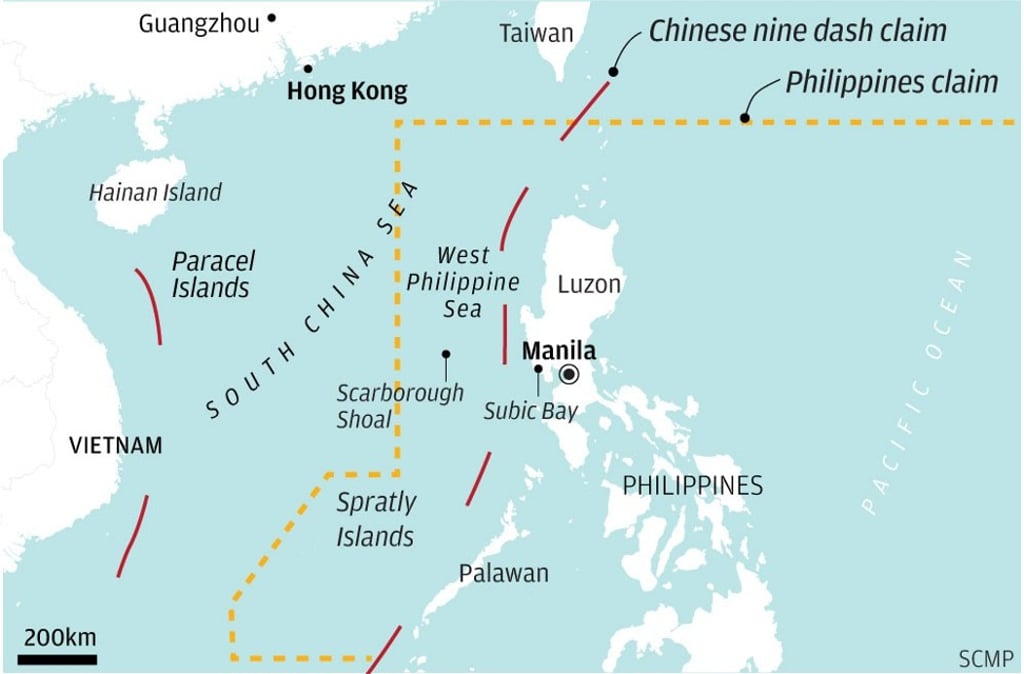Advertisement
Opinion | Duterte wants to work with Beijing in the South China Sea, but so far has little to show for it
- The Philippine president’s fifth visit to China last month saw the two countries move a step closer to joint oil and gas exploration
- But he faces fierce domestic criticism of his softer line and progress between the two sides has been measured and slow
Reading Time:5 minutes
Why you can trust SCMP

Philippine-China relations continued with positive momentum as President Rodrigo Duterte made his fifth visit to China in late August and early September.
But the outcome of the trip, with six agreements signed, seemed a bit thin, especially when compared to Duterte’s 2016 state visit to China, when Beijing pledged US$24 billion in investments, grants and loans, or Chinese President Xi Jinping’s 2018 state visit to the Philippines, when 29 agreements were signed.
The two leaders announced the formation of a joint steering committee and working group on oil and gas exploration in the disputed South China Sea. But the agreement to form these two bodies had already been reached in November 2018 and it took almost a year to move forward.
Advertisement
There is a possibility of starting exploration in Service Contract 57, which lies in the Philippines’ exclusive economic zone, inside which Manila has sole rights to resources under UN law. However, there is caution on both sides not to rush the process given the sensitivities involved.
Advertisement
EYES ON THE CHINA PRIZE
Advertisement
Select Voice
Choose your listening speed
Get through articles 2x faster
1.25x
250 WPM
Slow
Average
Fast
1.25x

